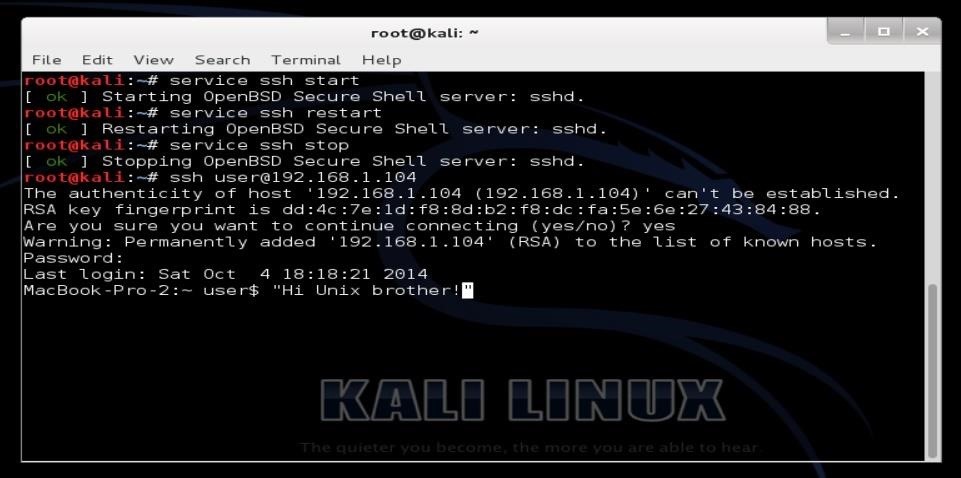

To copy file1 from Desktop to Dir1, type in: cp file1 Dir1 You’ll need to include the name of the file and the target location. Use the cp command to copy a file or directory. go to the directory one level higher than your current location.

Use cd without a name or path to return to the user’s home directory. Remember that the names are case sensitive. To navigate to a specific folder, use the cd command and a name or path of a directory. Add -h to show the size in a humanly-readable form. -s lists the size of files, in blocks.For example, the output includes permissions, ownership, date, etc. -l shows file details for directory contents.-a displays hidden Linux files and entries starting with a dot.To get more information, add one of the following flags: The shell will show the names of all directories, files, and links. To list the contents of a current working folder, use the ls command. List Files and Directories Change Directory The output displays the location of the directory you are in. As a result, the next SSH session will use the new settings.
#Ssh on mac command password
When you make changes to the SSH configuration, you’ll need to restart the service in Linux.ĭepending on the Linux distro, run one of the following commands on the machine where you modified the settings: sudo ssh service restartįinally, enter the password to complete the process. In the command line on a remote host, type in: sudo vim /etc/ssh/sshd_configĮnter the sudo password, and the shell opens the file in the editor you used. You’ll need superuser permissions to make changes. Use the editor of your choice to edit the file. A server can become inaccessible due to bad configuration.

Make sure to edit only the options you are familiar with. Edit the settings in the sshd_config file to customize SSH server options. You can control how remote users can access a server via the SSH. Make sure to use the uppercase -Pflag if you need to specify the port. The output shows a summary of the operation. The basic syntax is: scp fileName :/home/username/destinationįor example, to copy a file sample3 to your Desktop on a remote server with a username test, type in: scp sample3 :/home/test/Desktop You can securely copy files over the SSH protocol using the SCP tool. After this, you will no longer need to use the password to connect to the same server. You can also specify a username if you don’t want to use the current user.Įnter the password to authenticate when asked. To copy your key to a server, run this command from the client: ssh-copy-id hostname_or_IP
#Ssh on mac command keygen
The key is the file id_rsa.pub previously created with SSH keygen utility. To use the key pair for SSH authentication, you’ll need to copy the public key to a server. To use default settings, hit Enter on the prompts for file location and passphrase. On the host machine’s terminal, use this command to create a key pair: ssh-keygen -t rsa When you create an SSH key pair, there is no longer a need to enter a password to access a server. SSH key pairs are used to authenticate clients to servers automatically. The public key can be shared, while the private key needs to stay secure. The pair consists of a public and private key. To improve the security of SSH connections, generate a key pair with the keygen utility. For example: ssh -p 3322 Generate SSH Keys Using SSH Keygen To connect to a remote host with a custom SSH port number, use the -pflag.


 0 kommentar(er)
0 kommentar(er)
